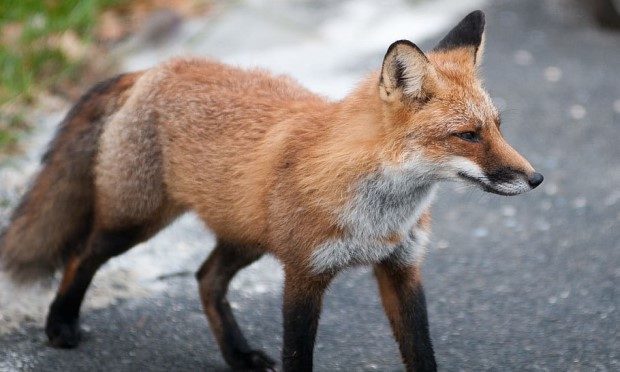Calls made at council meeting for ‘humane cull’ of borough’s urban foxes

The borough’s top councillors yesterday weighed up calls to institute a “humane cull” of the borough’s urban fox.
Local resident Chris Watson urged Hackney Mayor Philip Glanville directly to “be bold” and put forth a mass euthanisation policy on the animals, citing them not just as a nuisance but as a potential vector for the transmission of Covid.
Responding to Watson, the council leader promised to “take on board” what had been said, while citing concerns over the cull of mink recently instituted in Denmark around animal welfare, as well as if it had been the right decision from an epidemiological perspective.
Foxes are designated as wild animals rather than pests, meaning local authorities have no legal right or statutory power to kill them.
Watson said: “As evidence mounts for the possibility of Covid infecting various animals, scientists at UCL, here in London, say a global effort is needed to reduce the risk of the virus later returning to people.
“In a comment piece for The Lancet Microbe, researchers write that if the virus becomes common in an animal population that lives near people, there would be a risk that another outbreak could occur even if the virus is eradicated in people in the area.
“Notably, there have been recent cases in Denmark, Netherlands, South Africa, Switzerland, Russia and the USA Netherlands of farmed mink becoming infected. The discovery of a Covid-19 mink variant in humans led Denmark, the world’s largest mink fur producer, to launch a nationwide cull earlier this month.
“My ask of the council is to get ahead of the curve and take a lead in preventive action by looking at the risk that the ever increasing population of urban foxes here in london, could, in the future undo all the good work of lockdowns, social distancing and other preventative strategies currently employed by Hackney.
“Be bold as you have been with other policies, and implement a humane cull of the infestation of foxes in Hackney. The fox population in London already poses a health risk with their fouling of streets, pavements and private property with germ-laden faeces.
“Hackney has laws it imposes on dog owners which is there to protect the public heath of our citizens, so I ask the councillors who represent us not to stand by and ignore this risk posed by our out-of-control fox population. It should be your duty to act now.”
The Mayor pledged to Watson that he would receive a written response to his question after the Town Hall had digested the scientific studies cited in his speech, while admitting that he had not expected Watson’s speech to conclude in a call for a borough-wide cull.
According to government guidance, it is rare for animals to contract coronavirus, and those that do tend to show mild symptoms and recover within days, with no evidence to suggest that coronavirus passes between pets or that pets transmit the virus to humans.
Glanville said: “I do know the issue of foxes is well-known to many of us here in the cabinet, and many of us have dealt with casework around foxes and the more infamous cases locally. I note that you said humanely. I think there is also a challenge over whose responsibility it is to do such a thing, whether that would rest with the council or somebody else in government.
“I do know that in terms of foxes it isn’t our role in the system to deal with them except under very exceptional circumstances. The most important thing we are focused on is making sure we act on an evidence basis. Surveillance is the most important thing around this, whether we’re talking about human or animal populations.”
Londoners have been split between affection for foxes and the nuisance that they can pose through late-night calls and faeces, with their population spreading through the city over the past century as the capital spread out into rural areas.
The statistical risk that foxes pose is very small, with the risk far greater from dangerous dogs. Their presence also helps to control rat and other rodent populations.
